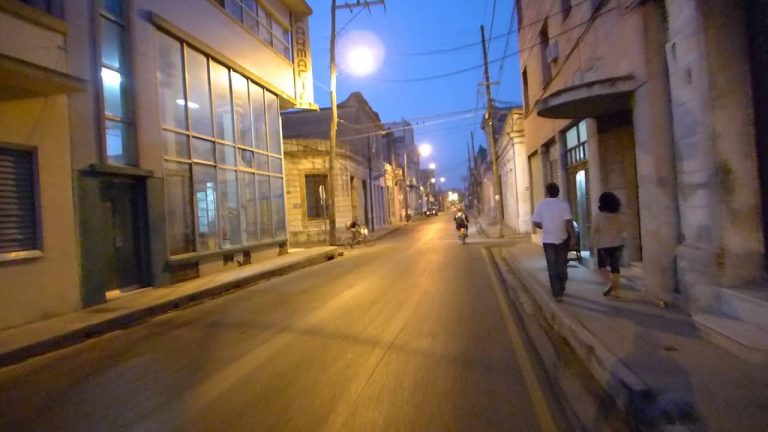The name Avellaneda Street sounds familiar and close to every Camaguey inhabitant, as one of the most traversed arteries of the city; but if we refer to it as San Juan de las carreras then for many would be hard to believe that is the same place we are talking about.
Since its beginning it has been part of one of the most centric and crowded ways of this seat, it goes from Saint Francis Square also known as Jose Marti Park, to the Railway. In the old records it is stated that the street was part of the periphery, even though very close to downtown, possibly its name is due to the famous festivities of Saint Jhon, a festivity that remains still today, with references to the chase of the hog or the horse races, common in this festivity, all of that makes us think that the street must have been flooded with unmatched joy on June, 24th. The same old records mention a rebaptism of the street, highlighting that despite the existence of controversy, on September 28th of 1885 there was a nomination for changing the streets name from San Juan de las carreras to Avellaneda. Giving the proper acknowledgement to a woman from Camaguey of great strength and character named Gertrudis Gomez de Avellaneda. But, how do this data benefit the archeological patrimony of the province?
Not only it is known by its reckoned name, it is distinguished because great personalities and elite families of the province lived on it. Undeniably, in different historic periods, they were families of a very wealthy economy; and that meant a great fluency that can be seen from the changes performed to their houses to domestic debris and food found in archeological interventions performed in some estates.
An example of it is the house located at 63 on Avellaneda, old 18 of San Juan, the nowadays Investigation Center of the Historians Office (Direccion de investigaciones de la Oficina del Historiador), in which there were performed small diggings on the year 2010, without any significant discovery. We worked on an old sump but it had been cleaned therefore we could not find archeological evidence of the place, and it we could only rely on written materials, in which it is affirmed that the house was modified through the whole XX century.
El Palacio Pichardo…
The building known as Palacio Pichardo, at 66 on Avellaneda street, former San Juan 17, a two story house with a singular architectonic design brought from Santo Domingo, one of the properties located on this street is been currently studied by the Investigation Center of the Historians Office. The work is barely on its early stages, the remains that have been found, even though few, all along with evidence of architectonic modifications, all of them have confirmed the social status and the great wealth of inhabitants that lived their lives in such places, this been a subject to investigate in further articles.
 Archeological studies have been few compared to the great potential we have in store, continuously restored or remodeled, due to the characteristics of the buildings that surround this way. Seize this valuable source of information should be in extreme important, and would aid to enrich the history of our legendary and dear Puerto Principe.
Archeological studies have been few compared to the great potential we have in store, continuously restored or remodeled, due to the characteristics of the buildings that surround this way. Seize this valuable source of information should be in extreme important, and would aid to enrich the history of our legendary and dear Puerto Principe.
Historians Office on its toil to protect the historical patrimony of our city and as part of the revival of the street, been one of the main roads of the city, reveled in October, 1st of 2016, a sculpture, located right on the beginning of the way, made by the Camagueyan artist, currently resident of Matanzas, Sergio Roque Ruano; Acknowledging the great poetess that gave name to the street, and intending her lasting on the new generations and also to promote and preserve the pride for which our historical center, declared Cultural Patrimony of Mankind, has been protected and restored.






